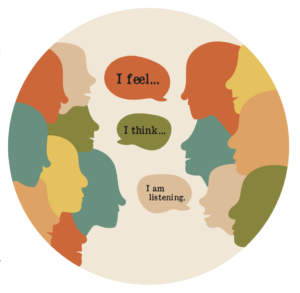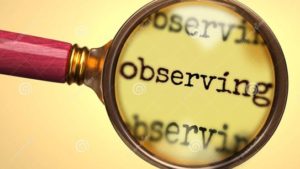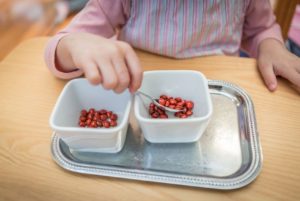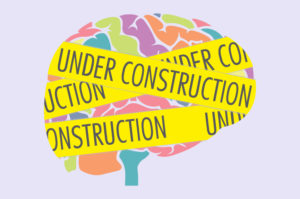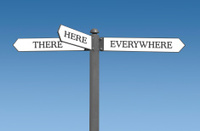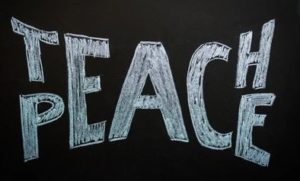By Michael Draper —Physics Teacher
The starting point for all Montessori education activity is understanding the developmental drives and needs of the child, at that time (because they change as the child grows).
Maria Montessori identified adolescence (approximately 12 to 18 years), with its own distinct set of developmental drives and needs, as the 3rd plane of human development. Having developed basic cultural and physical competence (1st plane), and knowledge and frameworks for understanding their physical and human worlds (2nd plane), the adolescent begins the process of moving from dependence on the family to becoming an independent contributing adult member of society. (Maria Montessori, The Absorbent Mind, p.18).
To operate outside the safety (or in the adolescent perspective, confines) of their family, the adolescent must learn:
- to express themselves, both personally and as a member of society
- the elements of supporting themselves materially
- to participate in and share the benefits of collective work
- to discharge adult responsibilities and manage adult consequences
- to support themselves and others emotionally
- the moral and ethical approaches needed to function successfully in society
The 3rd plane echoes the 1st in that much of the essential learning and development occurs experientially. Where the baby starts as a physical new-born, the adolescent starts as a social new-born, and must experiment with and master patterns of behaviour, attitudes, and communication they will use as a member of wider society. As with any experimentation, there will be errors and failures along the way, but even these help the adolescent develop adult responses to the complexities of life. (MM, The Adolescent – a “Social Newborn” p73-78)
The physical and neurological changes that occur during adolescence present additional challenges. They experience clumsiness adapting to their changing body. Rapid reproductive and biochemical changes alter and intensify their feelings. Neurological changes impact their brain function. These unpredictable lapses in physical, emotional, and intellectual capability occur as they strive to develop their personal confidence. They need acceptance and patient support as they go through these changes.
The adolescent also needs to study and practise the manual and intellectual skills they will need to earn a living, function in modern society and adapt to our changing world. “But they must not be forced to study every minute, for this is a form of torture that causes mental illness. The human personality must be given a chance to realize every one of its capabilities” (MM, Education and Peace, p.110).
Adolescence is the sensitive period for the development outlined above. “When he enters the workaday world, man must be aware first and foremost of his social responsibility… It is therefore necessary to prepare men to be aware of it and to fulfil it.” (MM, Education and Peace, p.110). This is the heart of Montessori adolescent education.

